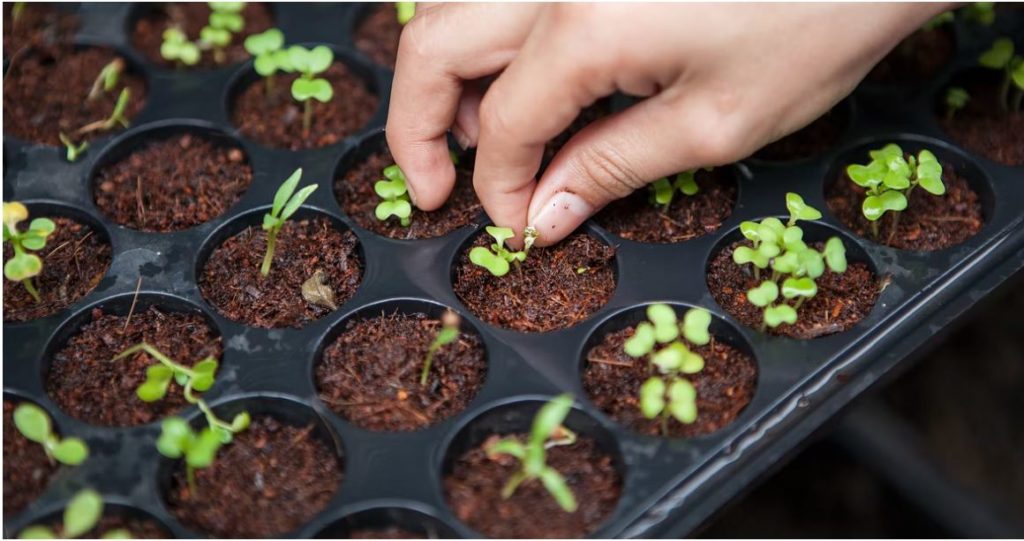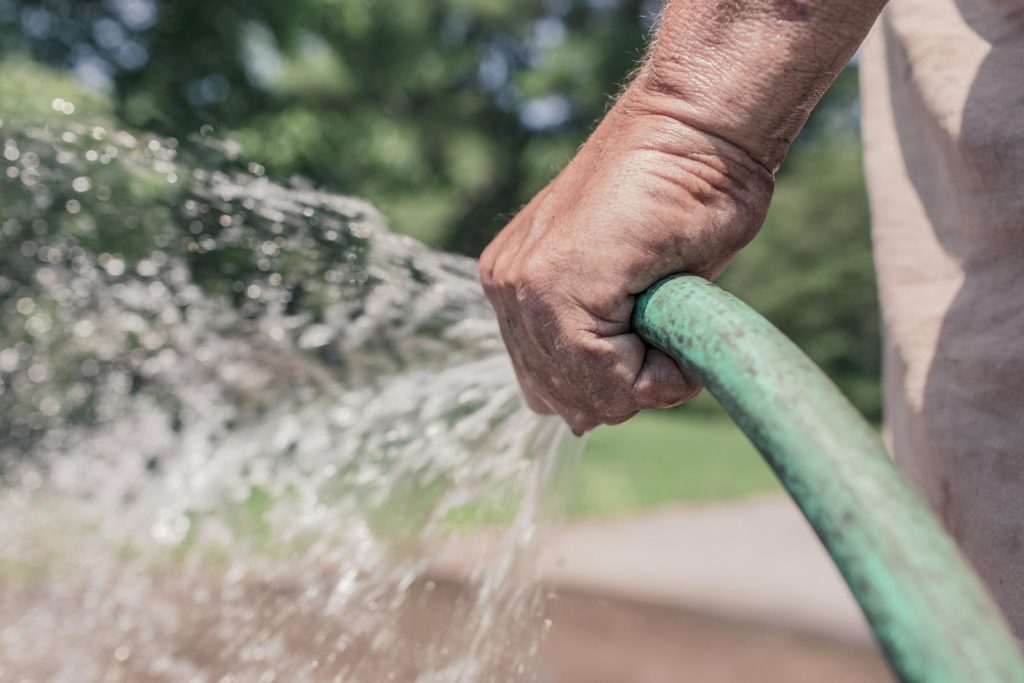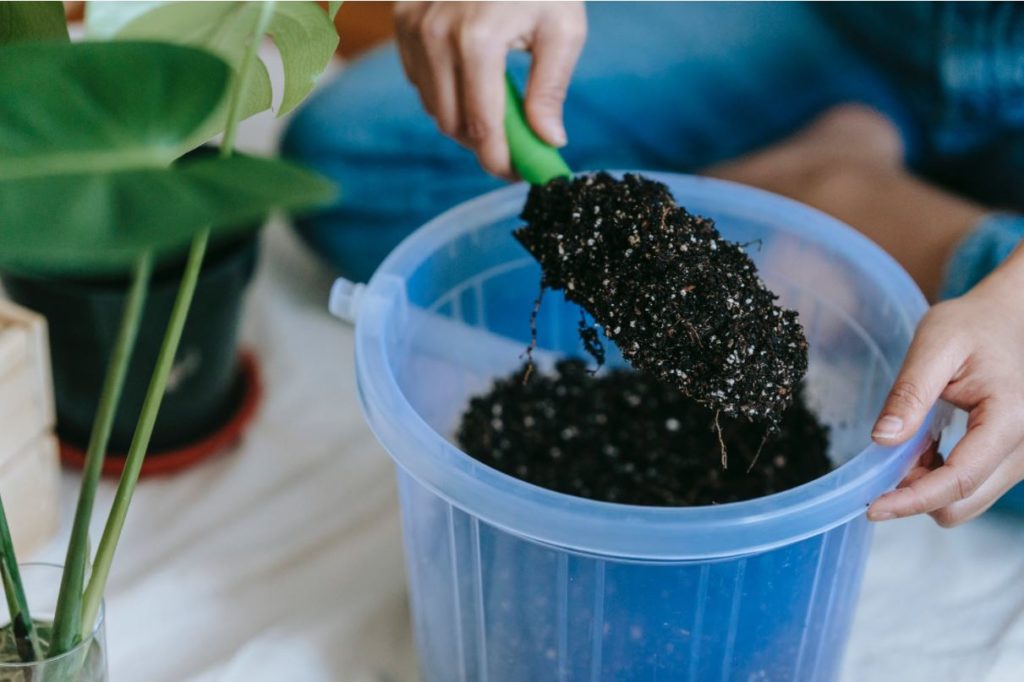How to Use Solid Fertilisers
- May 6, 2022
- Arktivist
Garden fertilisers come in two delivery methods – liquid and solid.
You can tell by the names that there is a difference between the two in appearance, but they also differ in how you should use them and what they can do in your garden.
For information on using liquid fertilisers on your plants, check out the companion Micro Wisdom Blog piece How to use Liquid Fertilisers.
What is a solid fertiliser?
“Solid” refers to any fertiliser that is applied to your plants or garden as a solid product rather than a liquid. This could be as soil, granules, powders, or pellets.
There is a bit of grey area in products that come as powders that you dissolve in water and apply with a watering can, but in this instance, we’ll refer to them as liquid too.
Solid fertilisers can come as complete NPK fertilisers, as well as specialised blends for specific plants, even down to individual nutrients plants need.
You can also get organic fertilisers in solid forms, like chicken manure pellets, and blends like Arktivate Solid which have a mixture of beneficial nutrients as well as microbes for plants and soils.
Solid fertilisers also include products like soil conditioners, that have lower amounts of nutrients available for plants, but which contain enzymes and organic matter that boosts the quality of your garden soil. This in turn then improves the health and resilience of your plants.

How do solid fertilisers work?
All fertilisers are designed to deliver nutrients and other beneficial ingredients to your plants.
Solid fertiliser needs to be applied to your garden soil for them to be available for absorption by the root system of your plant. This can be on the surface of the soil around plants or incorporated through new garden beds.
Unlike liquid fertilisers, solid fertilisers cannot be applied to the foliage of plants. Any fertiliser that comes into contact with leaves on your plants should be washed off immediately. The high concentration of nutrients in artificial solid fertilisers can burn the leaf tissue of plants if left for too long.
Once on the soil, solid fertilisers must come into contact with moisture to begin the process of releasing their ingredients.
“Watering in” fertiliser means applying enough water to begin breaking down the fertiliser and helping the nutrients and other beneficial elements penetrate through the soil and into the ground.

Once in the soil profile, most nutrients need moisture to diffuse into the root zones of plants to be absorbed, so you must keep your soil moist after fertilising too, for it to take full effect.
Why use solid fertiliser instead of liquid?
Solid fertilisers are generally cheaper per kg than liquid fertilisers because you often have to buy them in bulk.
Because they’re a dry and stable product, you’ll also find their packaging is a lot less robust than liquid fertilisers, as they don’t need to be watertight to keep from leaking. This also helps keep costs down.
However, there are exceptions to the above, for example when it comes to Arktivate Solid Fertiliser, which contains trillions of microbes, worm castings, biochar, and live micro-organisms that need to be safely kept inside the bag in order not to dry out and wither. These organisms help build healthy ecosystems in the soil that in turn help your plants grow faster and bloom for longer.
In terms of the amount of what they can deliver to your soil, you get more out of solid fertiliser than you do from liquids.
Because you’re watering the products into the soil once applied, instead of applying an already diluted product, what you’re applying is much richer and goes a lot further as a solid product.
Solid fertilisers can also contain whole pieces of organic matter that improve your soil.
The other great thing about solid fertilisers is that you can get slow-release products that dissolve over months, rather than straight away. This means they’re regularly releasing their nutrients. These products have dissolvable layers like a gobstopper, that break down slowly and give a sustained release over time.
Downsides of solid fertilisers.
Whilst they’re cheaper and generally more efficient than liquid fertilisers, solid products can be a bit trickier to apply.
When it comes to artificial solid fertilisers, they’re a chemical product so you’ll need to do some calculations on how much you need to apply for the size of your garden to get the most out of your efforts.
Once you’ve figured out your per square meter rate of application, you’ll need to use a spreader that is calibrated to apply the product at that rate.
Application rates can be less important if you’re using an organic product like Arktivate, manure, worm castings or a blended soil improver, but it’s still really important to follow any directions on the labels on how much you should apply.
If your application is too heavy, you risk burning plants or wasting products. Too light of an application can mean that your plants aren’t getting as much as they need.
Solid fertilisers can be a lot less safe than liquids too. Dry powdered products can be inhaled very easily when using the products. You can also get dust in your eyes, mouth and skin, which can cause burns if you’re using inorganic fertilisers.
This is why you must always thoroughly read all the labels that come with your products, which will give you the basic safety equipment you need to wear when using the products.

At a minimum gloves, long sleeves, and a face mask should be worn when opening and applying dry solid fertilisers.
In Summary
Solid fertilisers are a good option for gardeners who want a cost-effective way to get nutrients and other beneficial ingredients into their soil.
They’re a little bit trickier to apply and may be more unsafe than liquid fertilisers, but if you’ve got a large garden, or want to get a full complement of beneficial soil and plant improvers into your soil, they’re the best type of product available.
- Categories: Plants nutrients
- Tags: bio-organic fertiliser, fertiliser, Micro Nutrients, urban garden